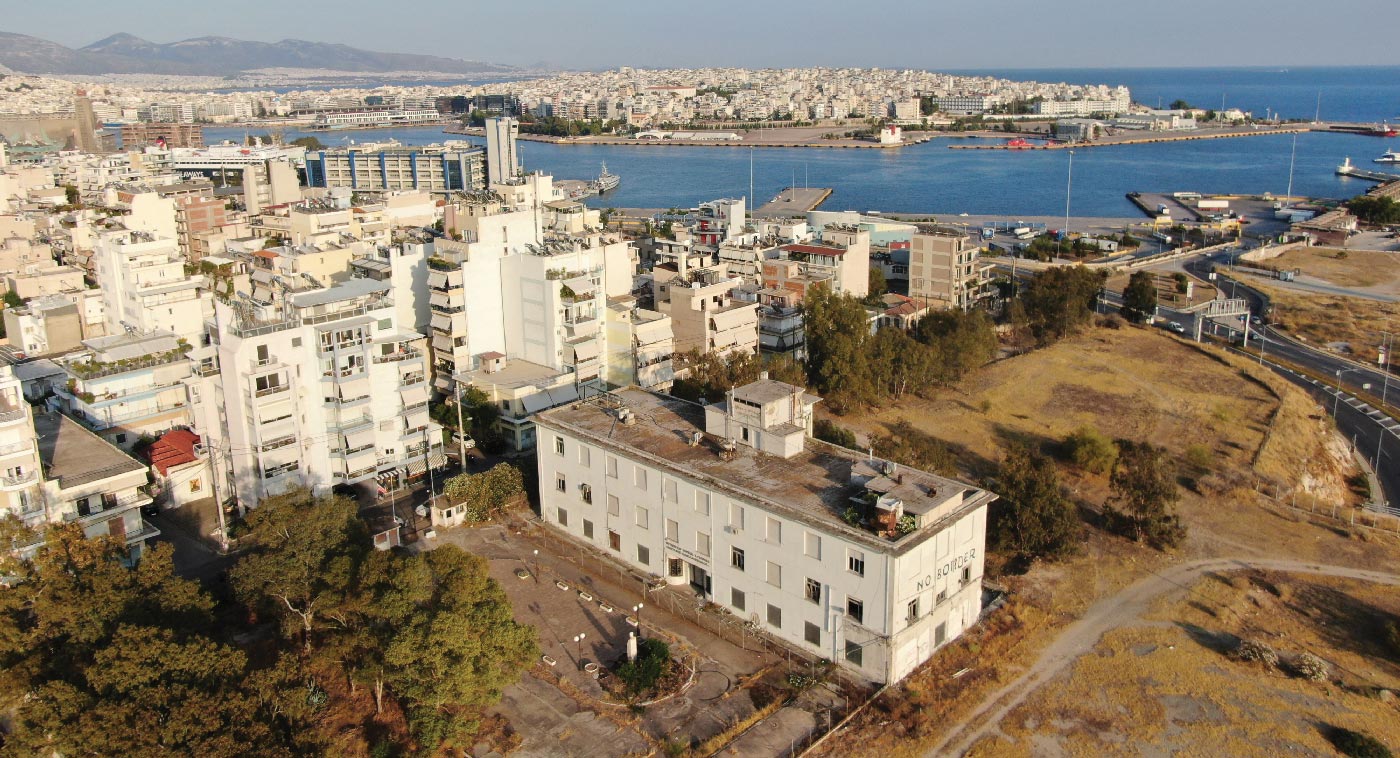NIKOLAOS KANELLOPOULOS INSTITUTE OF CHEMISTRY AND AGRICULTURE

Its research activities aimed to improve the industrial production, and therefore contribute to the evolution of the agricultural production and the nutritional self-sufficiency of the Greeks. The structure of the Institute reflected those targets: sections of industrial control, industrial research, physical chemistry, agronomic chemistry, industrial plants, edaphology, pedology, phytopathology, entomology, agricultural research.
The scientific studies and research of the Institute extended at two levels. At the epicenter, there was the production operation of the complex of Drapetsona itself. The chemists and engineers of the Institute examined thoroughly the raw materials of the factory, watched the production activity of the units, and checked on the fluid waste and air pollution produced by the unit. Meanwhile the geologists of the Institute studied the types and the physical composition of the soil to give solutions to the problems that had to do with the compost and climate conditions of the country. For the fulfillment of those targets there were more than 100 researchers working at the Institute, among them various German and Italian scientists.
Text Credits
- Eleni Kyramargiou, Historian, Associate Researcher at the Institute of Historical Research, National Hellenic Research Foundation
Photo Credits
- Urban Environment Laboratory Archive, School of Architecture, NTUA and National Bank of Greece Historical Archive.
In collaboration with:

Under the patronage and attendance:

